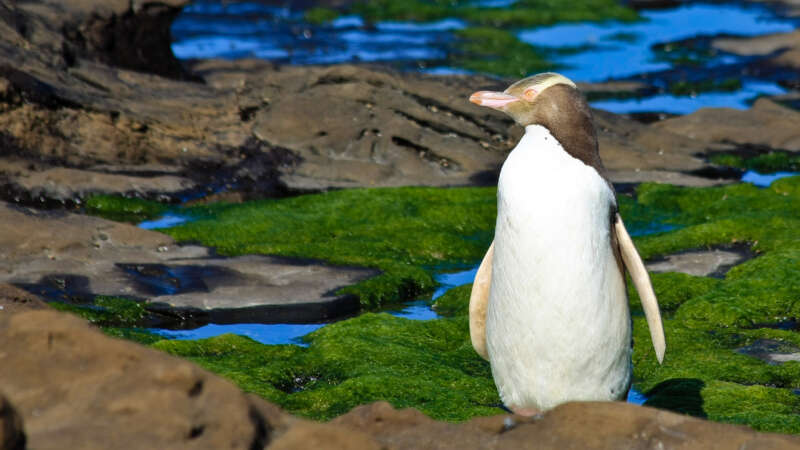Bti
Birds on the Brink
Hardly anyone visits the desolate outpost of Coldfoot, one of Alaska’s few communities outside the Arctic Circle accessible by road. Its 34 residents live in rustic accommodations along the Dalton Highway. The town’s highlights include an inn, a café, a gas station and a basic airport with a gravel landing strip. All day long, 18-wheeler fuel trucks thunder by on supply runs between Fairbanks and the oil fields of Prudhoe Bay further north. Some will stop to eat and tank up at Coldfoot because the next human habitation is 234 miles away, a town grimly named Deadhorse.
They say Coldfoot got its name from the days of the 1900 Gold Rush when miners would come as far as this remote settlement before getting “cold feet” and turning back. It’s still a lonely place, but one unexpected visitor showed up recently inside an infected Swainson’s thrush (Catharus ustulatus): the avian malaria parasite, Plasmodium circumflexum.
In 2011, scientists tested 676 birds representing 32 resident and migratory bird species captured from three northern locations in Alaska: Anchorage (61°N), Fairbanks (64°N) and Coldfoot (67°N). In Anchorage and Fairbanks, they found 49 birds infected by Plasmodium parasites. In Anchorage, even resident birds and hatchlings of species such as the boreal chickadee (Poecile hudsonicus), the varied thrush (Zoothera naevia) and the fox sparrow (Passerella iliaca) were found infected. The parasite was also detected in black-capped chickadees (Poecile atricapillus) and a myrtle warbler (Dendroica coronata coronata) in Fairbanks, indicating that transmission had occurred locally.
Beyond Catch Basins: Managing Culex Populations
Catch Basins and West Nile Virus Transmission In urban environments, road-side catch basins are common larval habitats of Culex species mosquitoes and important targets of …
Redefining the Problem that is Container Mosquitoes
Breakthroughs in Aedes control show potential for WNv programs, but more study is needed. WALS™ has gained notoriety in the recent past because of its …
What Happened with Zika
Five powerful positives that emerged in the wake of the 2016 Zika outbreakThink back two years to 2016. Never a day went by when there …
Pinellas County Single-brood Trials Yield
Asynchronous, single-brood floodwater mosquitoes present a unique set of challenges in Florida’s Pinellas County. Not only do larvae within the Aedes and Culex populations hatch …
Miami-Dade Takes on Zika with Integrated Vector Management
In late July, months after news of the Zika outbreak in South America started to make headlines in the U.S., the first locally acquired Zika …
The Battle Against Insecticide Resistance
When the World Health Organization (WHO) recognizes insecticide resistance as a major threat for the control of vector-borne diseases, it is officially a topic of …
Single-brood Floodwater Innovation Gains Momentum
VECTOPRIME USE EXPANDS IN FORMULATION’S SECOND YEAR Single-brood control of floodwater mosquitoes has long been a particularly tough challenge for mosquito control districts. Just as …
Seminal Aedes aegypti control Case Study Published in PLOS
In September 2016, a much-anticipated research article was published in PLOS Neglected Tropical Diseases detailing a multi-phased study on container mosquito control in Cambodia. This …
40 Years Young – The Discovery and Life of Bacillus Thuringiensis Israelensis
In 1972, an award was created to recognize individuals who contributed in an outstanding manner toward scientific knowledge and public leadership that preserves and enhances …
